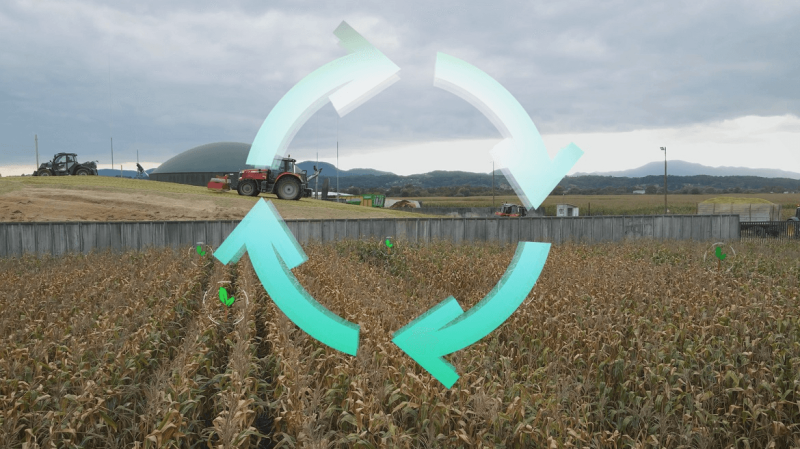What is regenerative agriculture? Why is it different from sustainable agriculture? And how do I reconcile what practitioners of this system are claiming with the scientific evidence?
…
In my past explorations of regenerative ag, I had found that there are multiple versions of these principles, each with a different flavor. Rodale [Institute] and partners offer their strictly organic version with a new certification program attached. Project Drawdown includes regenerative ag in its plan to reverse global warming, and California State University at Chico has their regenerative ag initiative. Table 1 shows [regenerative agriculture farmer and spokesperson Gabe] Brown’s principles/practices compared to these other versions, and to conservation agriculture.

We are to believe that biodiversity-powered microbes free up large amounts of phosphorus, fix large amounts of nitrogen from the air, while plants produce 31 tons of biomass in a short North Dakota season, while also producing harvested crops and livestock?
I cannot say that this scenario is impossible, but I find it highly improbable, because if this is true, then it means that science has missed an astounding, extraordinary process.
…
However, there is another principle here: extraordinary claims require extraordinary evidence. What counts as evidence are peer-reviewed publications in scientific journals – I have looked for the evidence to support the claims of regenerative agriculture. What I have found are lots of YouTube videos, testimonials, articles and interviews. None of these sources are extraordinary evidence.































